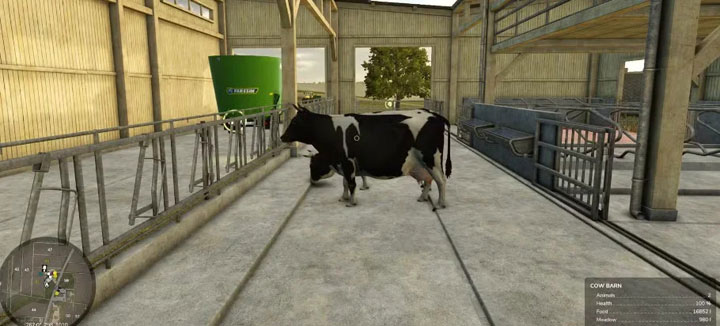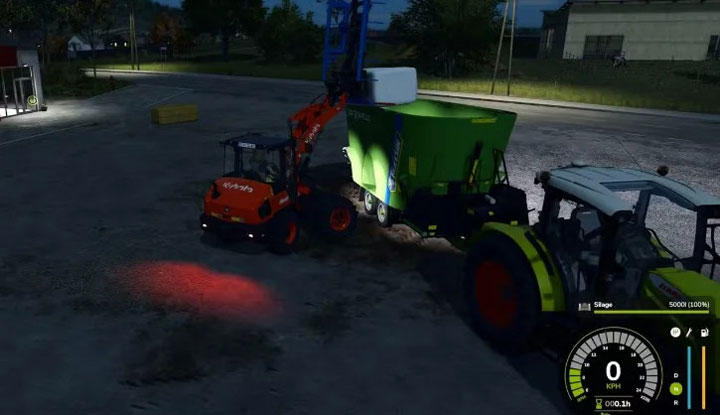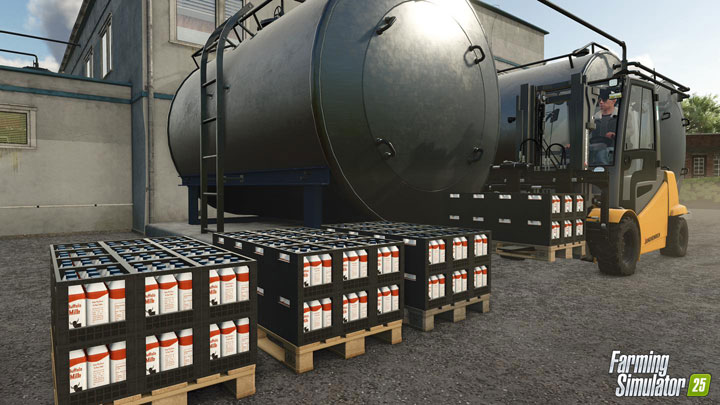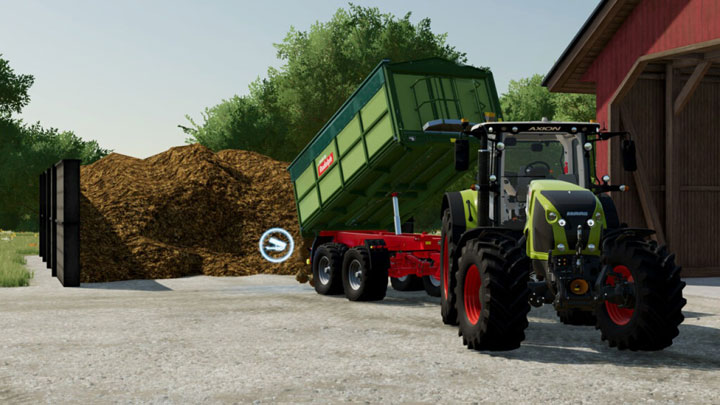


In Farming Simulator 25, cows are a key part of running a successful farm. While crops are important, animal husbandry, particularly caring for cows, can provide a steady stream of income through milk production and more. Beyond just feeding, managing cows includes handling their reproduction, keeping them hydrated, and maintaining their overall health. This guide will help you efficiently take care of your cows, feed them properly, and ensure they thrive in your farm's environment.
If you are interested in farm management simulation games, Z2U may be a good platform for you. We provide Farming Simulator 25 accounts that are cheaper than the official website, allowing you to experience the fun of the game with less money.
Why Choose Cows in Farming Simulator 25
Cows are one of the most profitable livestock options in Farming Simulator 25. The main reason for this is the steady demand for milk. As you grow your herd, you can sell milk regularly for a consistent income. Additionally, cows reproduce at a manageable rate, which allows you to expand your herd over time and increase your milk production. However, managing cows requires careful attention to their feeding, health, and reproduction. If you're new to the game, understanding these basics will make your farm more productive and efficient.
Basic Feeding of Cows
Cows in Farming Simulator 25 need a balanced diet to stay healthy and produce milk. There are several types of food available, but the most effective is Total Mixed Ration (TMR), which maximizes milk production. Here's how to feed them properly:
1. Choosing the Right Feed
While cows can eat basic food like hay and silage, these options are less effective than TMR. TMR is the most efficient feed, offering 100% effectiveness, which means healthier cows and better milk output. On the other hand, feeding cows only hay or silage reduces their overall growth and productivity.

2. Crafting Total Mixed Ration (TMR)
To make TMR, you need to combine hay and silage, which requires a Forage Mixer. Here's what you'll need:
●Forage Mixer: This machine blends hay and silage into TMR. It's available in different models at the shop.
●Bale Spike: This tool helps you move hay and silage bales, and you can find it under Front Loader Tools in the store.
Once you have these tools, you can start creating TMR. If you're in a hurry, you can also buy hay and silage bales directly from the shop, though making your own is more cost-effective in the long run.
3. Mixing Ingredients for Optimal TMR
To mix TMR, attach the Bale Spike to a loader, pick up a hay bale and a silage bale, and drop them into the Forage Mixer. You'll see bars on the mixer that show how much hay and silage you've added. Both ingredients need to be in the “green zone” for the TMR to be properly mixed. You can also add other ingredients like straw and mineral feed, but you'll need to adjust the ratios carefully to avoid wasting resources.

4. Delivering TMR to the Barn
Once your TMR is ready, drive the mixer to the cow barn and unload it. Check the barn management screen to ensure the TMR was successfully added. While TMR is ideal, you can also feed your cows only silage or hay if necessary, but these should be mixed properly in the Forage Mixer for optimal results.
Watering and Herd Maintenance
Feeding cows is just one part of the equation. They also need regular access to water and a suitable environment for healthy growth.
1. Providing Water
Cows need a steady supply of water to stay hydrated and produce milk. To meet this need, purchase a Water Tank from the store and use it to refill water troughs near the barn. If cows don't have enough water, their health and milk production will suffer, which could reduce your profits.
2. Reproduction and Herd Growth
Cows will naturally reproduce once they reach the appropriate age and health level. This requires consistent feeding and watering. A well-fed cow with good hydration will have the chance to reproduce, allowing you to expand your herd over time. Larger herds mean more milk, and if the barn becomes full, you can also sell extra cows for profit. Keeping a healthy herd is vital for maximizing income.
Maximizing Income from Milk and Manure
In addition to milk, cows also produce manure and slurry, which can be valuable to your farm in several ways.

1. Milk Production
As long as cows are well-fed and hydrated, they will produce milk consistently. You can monitor milk levels through the barn management menu and transport it to designated collection points for selling or processing. Selling milk is a key revenue stream for your farm.

2. Manure and Slurry
Manure is another byproduct of keeping cows. This can be collected from the barn and used as a natural fertilizer for your crops, saving you money on chemical fertilizers. Slurry is another useful byproduct that can be used in the same way. By managing manure and slurry, you'll reduce costs and make your farm more sustainable.
Conclusion
Taking care of cows in Farming Simulator 25 involves more than just feeding them. To run a successful dairy operation, you need to manage their health, hydration, reproduction, and feeding carefully. By crafting the right feed, ensuring access to water, and maintaining a healthy herd, you can maximize milk production and grow your farm's profits. Whether you're new to the game or a seasoned farmer, understanding these basics will help you create a thriving cattle operation that supports your entire farm. Log into or buy a Farming Simulator 25 account and start feeding and caring for your cows!













